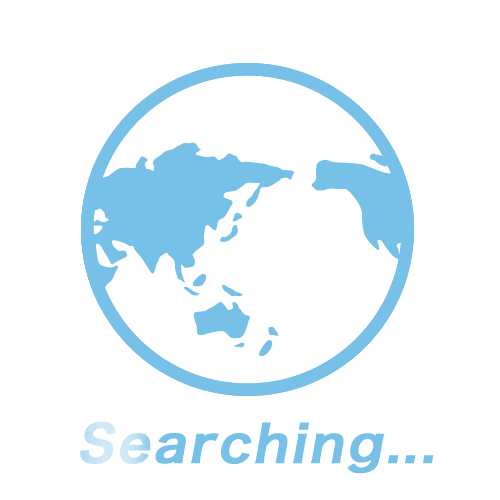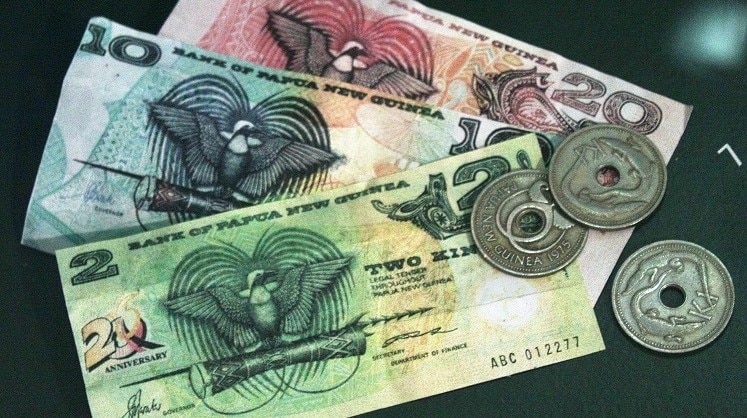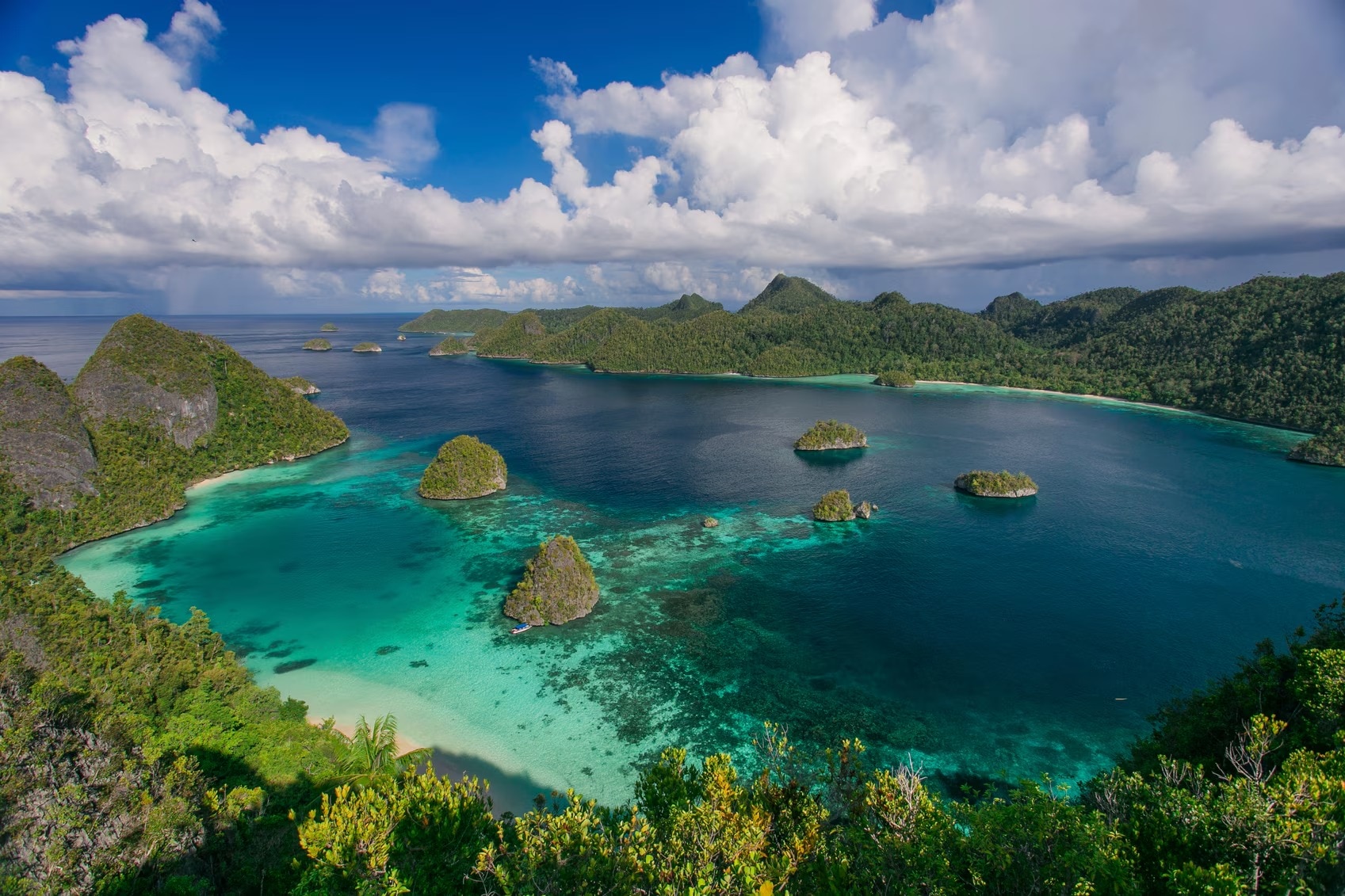Papua New Guinea Travel Tips and Information
Official Name
Independent State of Papua New Guinea
Capital
例)canberra
Population
Country Code
Approximately 10.5 million
PG
Country Code (international calls)
+675
The flight time to Papua New Guinea is approximately ---- hours. Check the climate, currency, religion, manners, other information of Papua New Guinea below. Wishing you pleasant travels to Papua New Guinea.
Papua New Guinea comprises the eastern half of the island of New Guinea and its surrounding islands, while the western half belongs to Indonesia. There are about 600 islands.
Local Climate / Weather
Papua New Guinea's climate is tropical, with high temperatures and humidity throughout the year, influenced by its location near the equator. The country experiences two main seasons: the wet season, from December to April, and the dry season, which spans from May to November. During the wet season, rainfall is heavy and consistent, especially along coastal areas, which can lead to temporary travel disruptions. The dry season, however, is more favorable for travel, offering warm, sunny days and clearer skies, ideal for exploring Papua New Guinea's diverse landscapes, from its pristine beaches to mountainous highlands. For those planning a visit, the dry season is generally recommended for a smoother travel experience. Between May and October, conditions are ideal for outdoor activities like diving, hiking, and exploring local villages. This period also aligns with many of Papua New Guinea’s major events and festivals, providing visitors with a rich cultural immersion. One of the most famous festivals is the Mount Hagen Cultural Show, held in August, which celebrates the traditional music, dance, and attire of Papua New Guinea’s tribes. Another notable event is the Goroka Show in September, where tribes from across the country gather to showcase their unique customs and traditions. These festivals offer travelers a rare glimpse into the vibrant cultural tapestry of Papua New Guinea, making the dry season a prime time to visit.
Currency & Tipping
Currency
The official currency of Papua New Guinea is the Papua New Guinean Kina (PGK), affixed with the symbol "K”. Travelers will find both coins and banknotes, with denominations commonly used for everyday expenses. It’s best to have kina on hand for purchases, as smaller establishments may not accept credit cards, especially in more remote areas.
Tipping
For currency exchange, it’s recommended to exchange some money before arriving or at major airports in Papua New Guinea, such as in Port Moresby. Banks and authorized exchange counters are available in larger cities and towns, though the exchange rate may vary. ATMs are also accessible in urban areas, though fees may apply, so planning for cash needs ahead of time is beneficial.
Useful Travel Information

Voltage & Electrical Outlets
Tipping in Papua New Guinea is not a widespread practice, and service charges are generally not expected. While tipping isn’t mandatory, small tips for exceptional service are appreciated in urban restaurants and hotels. In Papua New Guinea, gratitude is usually shown with a simple "thank you.”

Internet Connectivity
The internet environment in Papua New Guinea varies greatly depending on location. Major cities and hotels typically offer internet access, though speeds can be slow, and connections may not be reliable. Wi-Fi is available in some hotels, cafes, and public areas, but it’s advisable to purchase a local SIM card with data if you need consistent internet access, especially when traveling to rural areas.
Water for Consumption (Drinking Water)
When it comes to drinking water, it’s recommended to stick to bottled or filtered water in Papua New Guinea, as tap water may not be safe to drink in many areas. Bottled water is readily available in cities and towns, and travelers are encouraged to keep hydrated, especially when exploring outdoor attractions in the tropical climate.
Culture, Religion & Social Etiquette
Culture
Papua New Guinea is a country rich in diverse cultures and traditions, with over 800 indigenous languages spoken and hundreds of unique tribes each with its own customs. Travelers will find that community values and traditional ways of life are deeply respected here, with traditional dances, music, and attire being central to cultural celebrations. Visitors can experience these fascinating traditions firsthand at festivals like the Mount Hagen Show, which showcases the vibrant attire, dances, and rituals of local tribes.
Religion
Religion in Papua New Guinea is predominantly Christian, with many people following denominations introduced during the colonial era, such as Catholicism and Lutheranism. However, traditional beliefs and practices also coexist, especially in rural areas, blending with Christian customs in unique ways.
Social Etiquette
When it comes to manners, Papua New Guineans are known for their friendliness and hospitality toward visitors. Greetings are polite, and respect for elders and community leaders is a key aspect of social interactions. It's also polite to dress modestly, especially in rural areas, and to ask for permission before taking photos of people or their villages, as some tribes hold cultural sensitivities around photography.
Major Tourist Attractions & UNESCO World Heritage Sites
Major Tourist Attractions
Papua New Guinea boasts a range of major tourist destinations that captivate nature lovers, adventure seekers, and cultural enthusiasts alike. The Kokoda Track is one of the country’s most famous hiking trails, stretching through rugged mountains and dense rainforests, making it ideal for thrill-seekers and history buffs interested in World War II sites. For beach lovers, Madang offers stunning coastlines and coral reefs, perfect for diving and snorkeling. Port Moresby’s Nature Park is another must-see, where visitors can encounter unique wildlife and native plants. With options for trekking, beach relaxation, and exploring wildlife, these destinations showcase Papua New Guinea’s natural beauty and cultural depth.
UNESCO World Heritage Sites
Papua New Guinea is also home to several UNESCO World Heritage Sites that highlight its rich history and biodiversity. The Kuk Early Agricultural Site in the Western Highlands is an archaeological site showcasing the early development of agriculture, offering visitors a unique glimpse into the region’s ancient farming practices. Another gem is the Bismarck Sea’s Coral Triangle, which, although not a designated UNESCO site, is globally recognized for its marine biodiversity and pristine dive spots. Travelers can explore vibrant coral reefs, teeming with diverse marine life, making it an unforgettable experience for diving enthusiasts. These heritage sites and biodiverse regions offer travelers a deeper connection to the natural and cultural heritage of Papua New Guinea.
Travel FAQs
What is the safety situation in Papua New Guinea like? What should I be careful of?
Papua New Guinea has high levels of serious crime, including violent incidents and civil unrest, particularly in certain regions. Travelers should exercise a high degree of caution, avoid traveling at night, and stay informed about local safety conditions.
What is the best season to visit Papua New Guinea?
The best season to visit Papua New Guinea is from May to November, the dry season when it is the most comfortable.
What is the most popular airport to fly into Papua New Guinea?
Port Moresby Jacksons International Airport, located near the capital, Port Moresby, is popular.
Is English spoken in Papua New Guinea?
In Papua New Guinea, English is one of the official languages and is widely used, especially in government, business, and education, making it easier for travelers to communicate.



